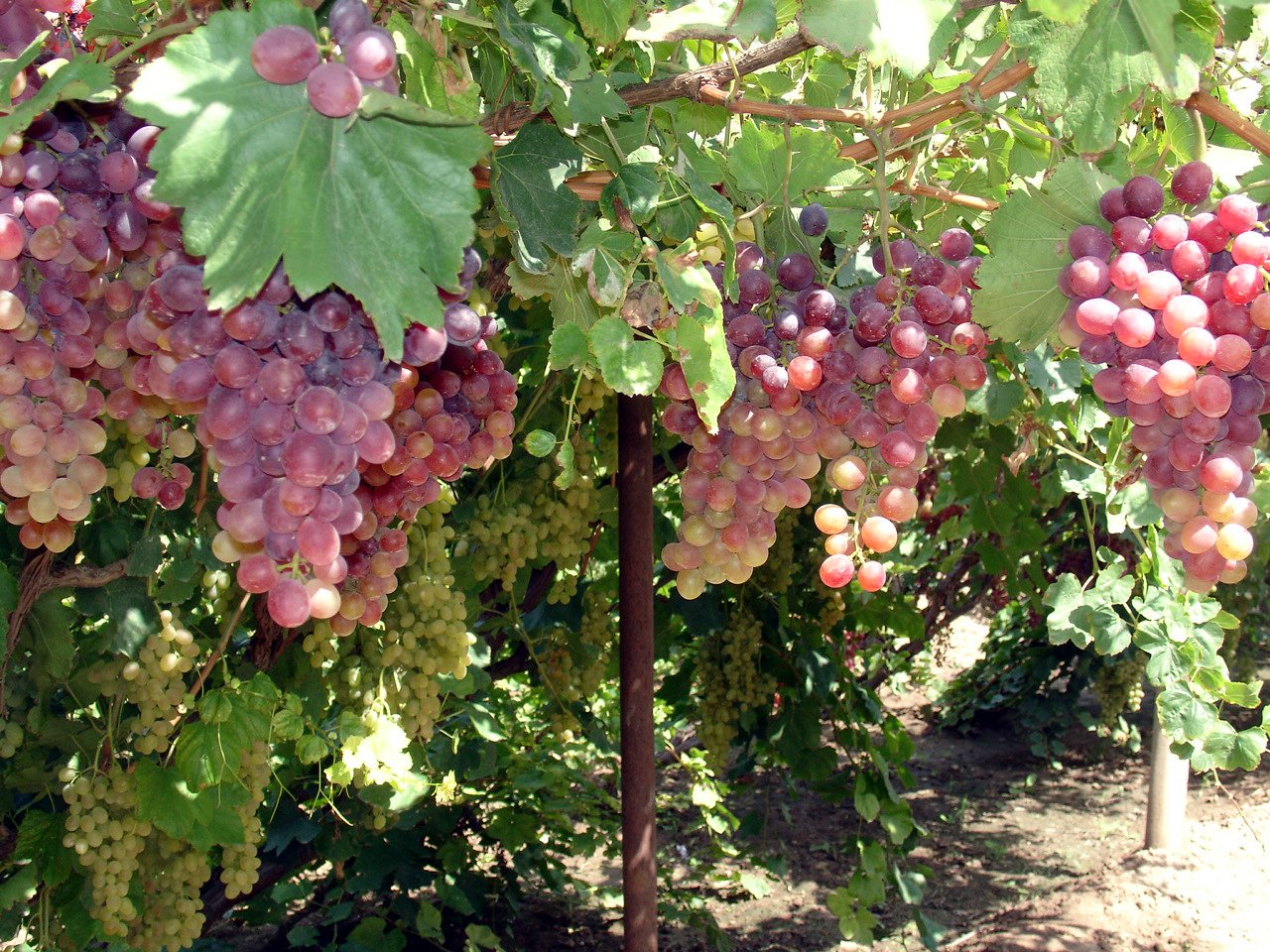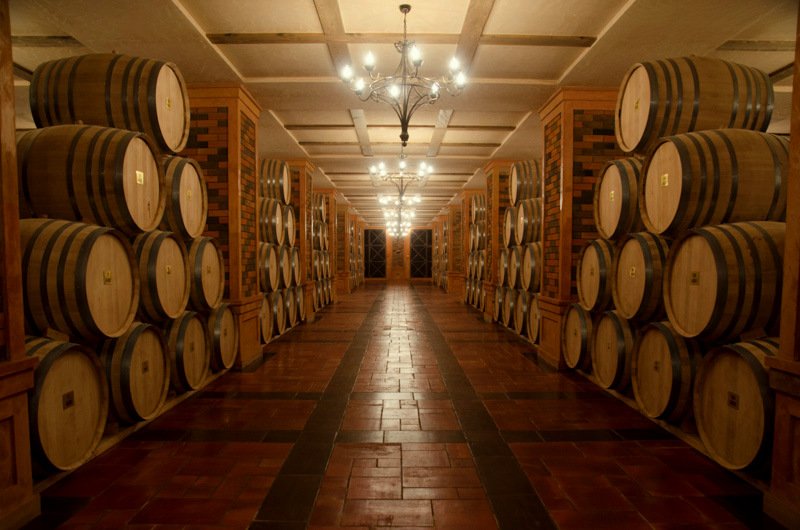
Wine
Armenian wine isn’t just having a moment — it’s having a renaissance. Once a well-kept regional secret, Armenia’s wine industry is now capturing the attention of sommeliers, connoisseurs, and curious palates around the world. And with good reason.
Each year, new vineyards take root and boutique wineries pop up across the country, bringing ancient vines into the modern age. Today, Armenia’s vineyards stretch over 15,574 hectares, with more than 150 wine producers crafting bottles that are both daringly modern and steeped in tradition. The country’s unique climate and rich terroir nurture more than 400 indigenous grape varieties — an oenological treasure trove unlike anywhere else on earth.
The story of Armenian wine is, quite literally, ancient. In the Areni-1 cave, archaeologists unearthed the world’s oldest known winery, dating back 6,100 years to the Early Bronze Age. There, nestled in a highland cave, were fermentation vats, a wine press, and clay jars that once held early vintages — evidence that Armenia has been pouring history into every bottle for millennia.
Fast forward to today, and Armenia’s wine regions are blossoming with personality.
Vayots Dzor, with vineyards perched nearly 6,000 feet above sea level, delivers bold, high-altitude character.
Aragatsotn, slightly lower in elevation, brings a softer profile with distinctive minerality.
Ararat, basking on a sun-drenched plateau, benefits from near-perfect growing conditions.
Armavir, in the southwest, combines geography and microclimate to cultivate rich, expressive grapes.
As international curiosity swells, Armenian wines are collecting accolades at elite competitions like Mundus Vini, the Paris Wine Cup, and Decanter. With every medal, every sip, and every story, Armenia reclaims its place on the world’s wine map — not as a newcomer, but as a returning legend.
Read more
A Guide to Armenia, One of the World’s Oldest Wine Regions

Vineyards in Ararat Valley

Wine cellars in Lenughi, Armenia

Yerevan Wine Days Festival
